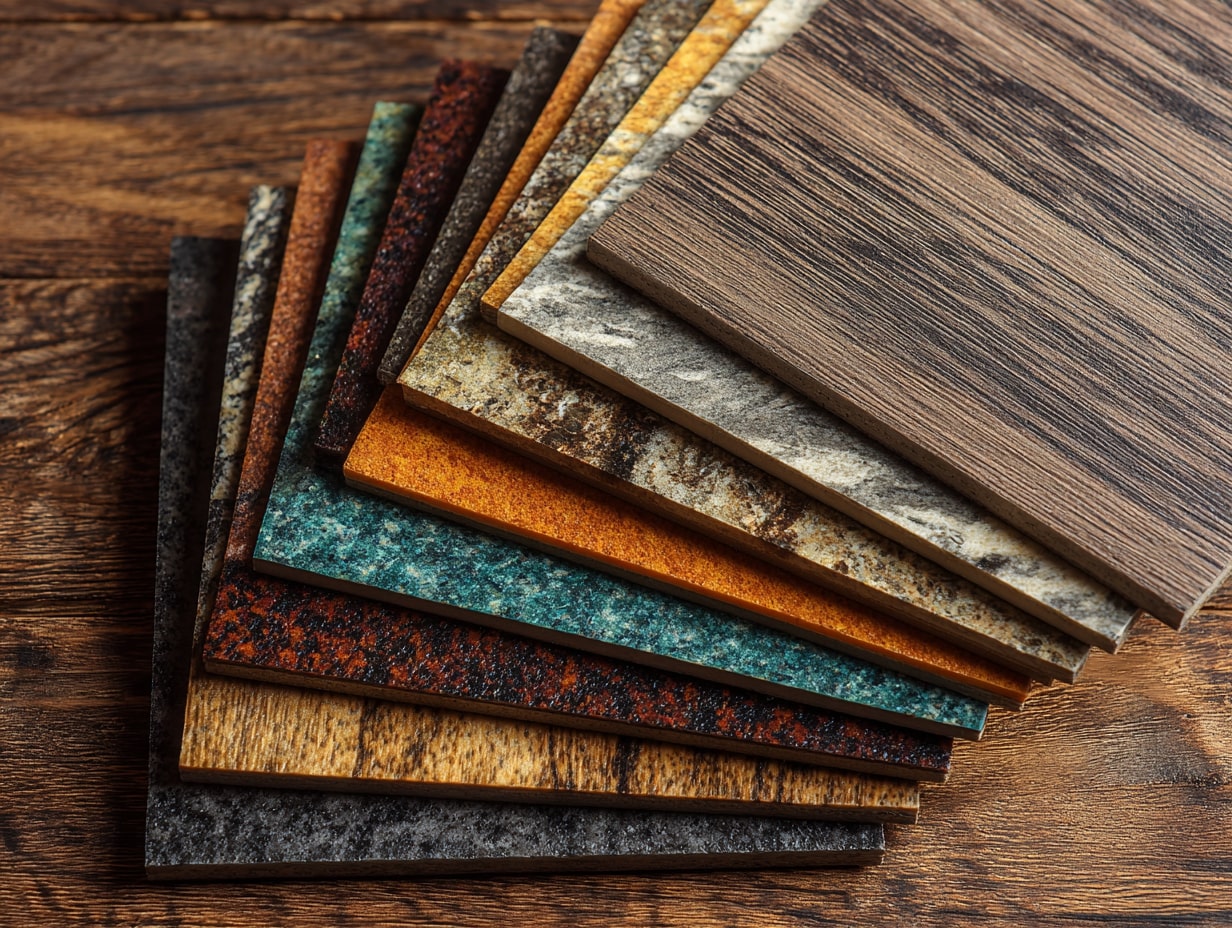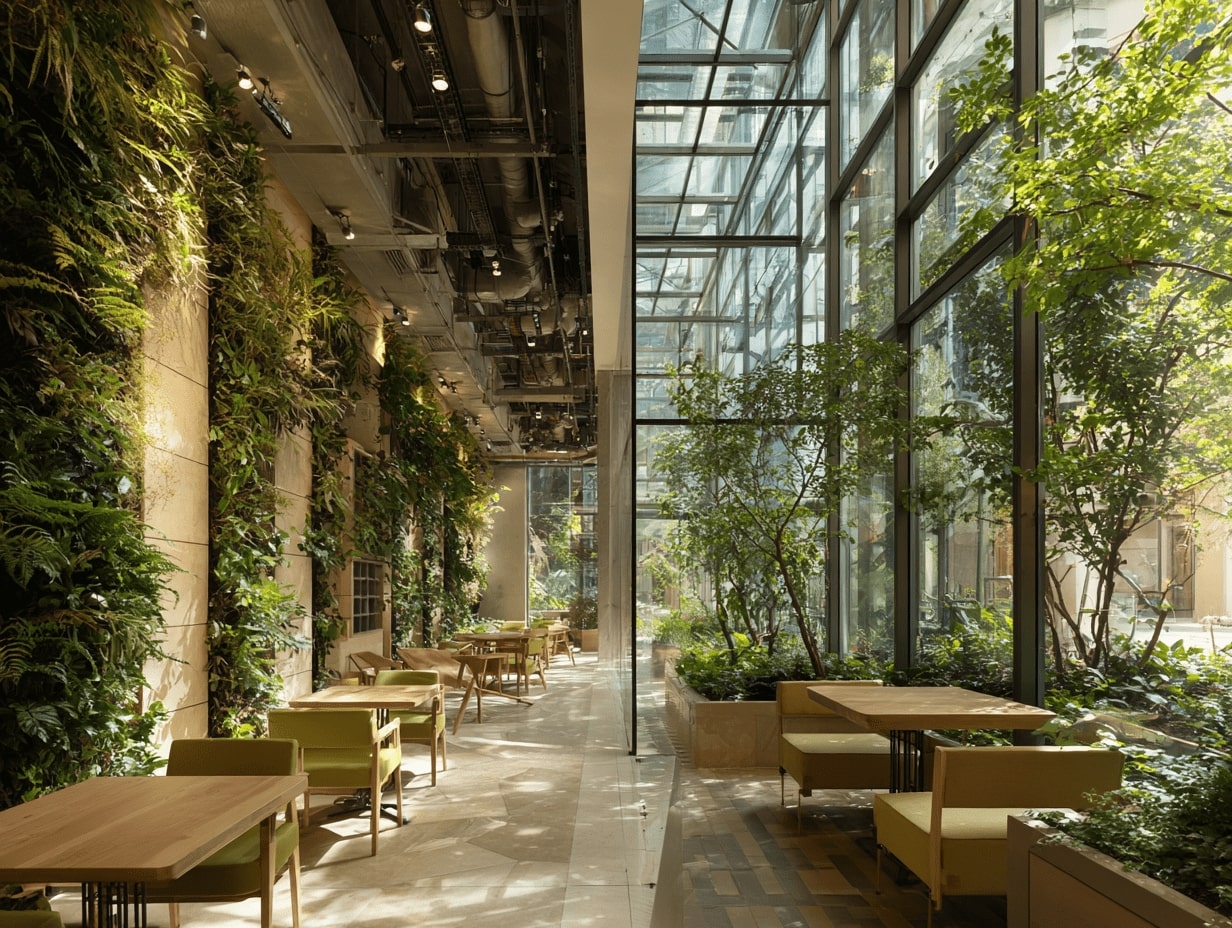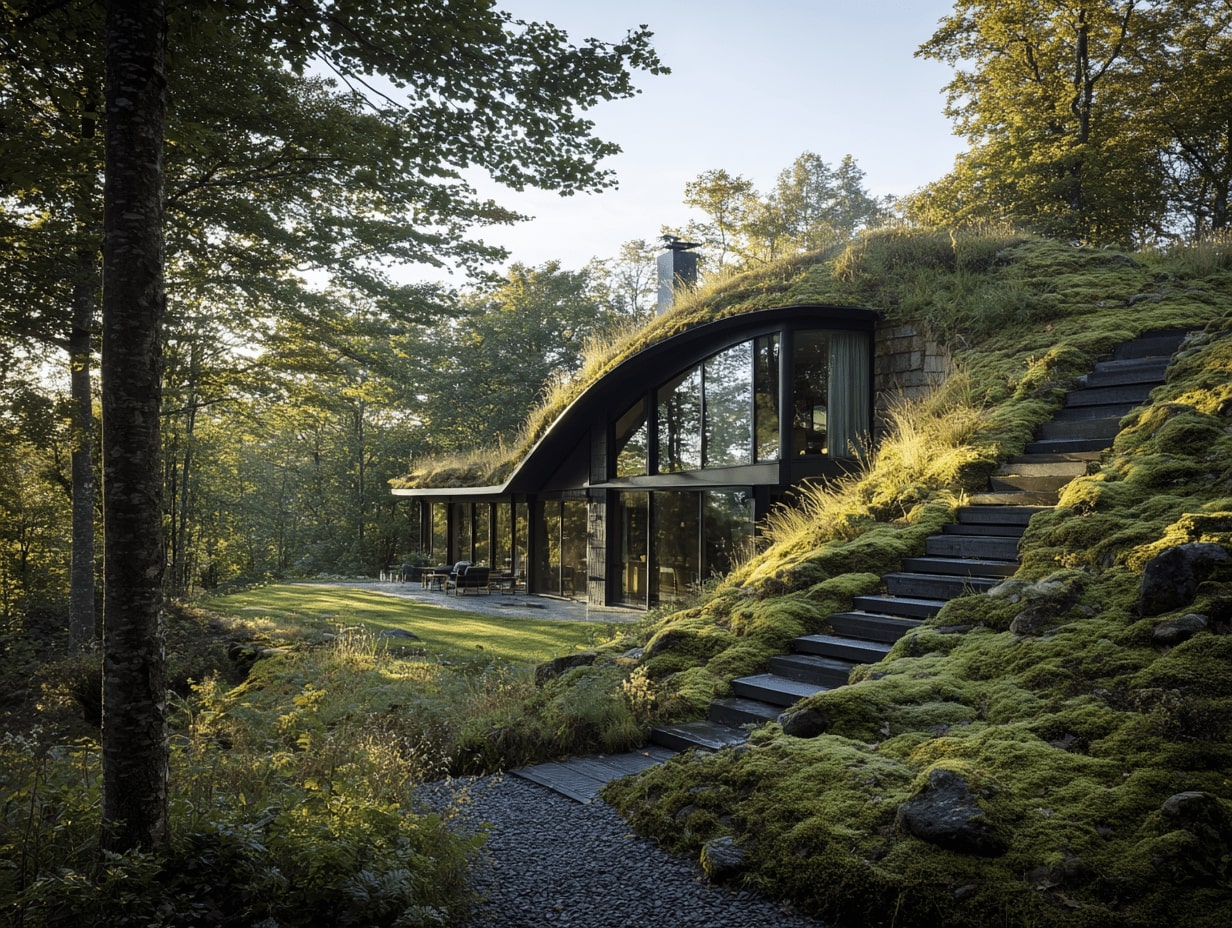- Home
- Articles
- Architectural Portfolio
- Architectral Presentation
- Inspirational Stories
- Architecture News
- Visualization
- BIM Industry
- Facade Design
- Parametric Design
- Career
- Landscape Architecture
- Construction
- Artificial Intelligence
- Sketching
- Design Softwares
- Diagrams
- Writing
- Architectural Tips
- Sustainability
- Courses
- Concept
- Technology
- History & Heritage
- Future of Architecture
- Guides & How-To
- Art & Culture
- Projects
- Interior Design
- Competitions
- Jobs
- Store
- Tools
- More
- Home
- Articles
- Architectural Portfolio
- Architectral Presentation
- Inspirational Stories
- Architecture News
- Visualization
- BIM Industry
- Facade Design
- Parametric Design
- Career
- Landscape Architecture
- Construction
- Artificial Intelligence
- Sketching
- Design Softwares
- Diagrams
- Writing
- Architectural Tips
- Sustainability
- Courses
- Concept
- Technology
- History & Heritage
- Future of Architecture
- Guides & How-To
- Art & Culture
- Projects
- Interior Design
- Competitions
- Jobs
- Store
- Tools
- More
Innovative Sustainable Practices in Architectural Design for a Greener Future
Explore the critical role of sustainable practices in architectural design as we face climate change and resource depletion. This article delves into eco-friendly materials, energy-efficient technologies, and innovative approaches that create resilient and healthier living spaces. Discover key strategies, notable case studies emphasizing the importance of design.

As we navigate the challenges of climate change and resource depletion, sustainable practices in architectural design have become more crucial than ever. Architects and designers are now tasked with creating spaces that not only meet aesthetic and functional needs but also contribute positively to the environment. By integrating eco-friendly materials and energy-efficient technologies, we can design buildings that harmonize with nature rather than disrupt it.
Embracing sustainability goes beyond mere compliance; it reflects a commitment to future generations. From passive solar design to green roofs, innovative strategies are emerging that redefine how we think about space and its impact on our planet. Join us as we explore the transformative potential of sustainable architectural practices and how they pave the way for a greener, healthier world.

Table of Contents
ToggleOverview of Sustainable Practices in Architectural Design
Sustainable practices in architectural design focus on minimizing negative environmental impacts while maximizing efficiency and livability. We emphasize several key strategies:

- Eco-Friendly Materials
Eco-friendly materials include bamboo, reclaimed wood, and recycled steel. These materials reduce resource consumption and lower carbon footprints.
- Energy-Efficient Technologies
Energy-efficient technologies encompass LED lighting, high-performance windows, and energy management systems. These technologies decrease energy usage and utility costs significantly.
- Passive Solar Design
Passive solar design utilizes natural sunlight for heating and lighting. This approach reduces reliance on artificial light and fossil fuels, enhancing overall energy efficiency.
- Green Roofs
Green roofs provide insulation and reduce stormwater runoff. They improve air quality while creating green spaces in urban environments.
- Water Conservation Systems
Water conservation systems, such as rainwater harvesting and greywater recycling, optimize water usage. These systems contribute to resource sustainability and lower water bills.
- Natural Ventilation
Natural ventilation through strategically placed windows and vents enhances indoor air quality. This practice reduces the need for mechanical air conditioning.
By implementing these sustainable practices, we influence the architectural landscape, promoting designs that meet today’s needs without compromising future generations.
Importance of Sustainability in Architecture
Sustainability plays a crucial role in architecture, guiding us toward environmentally friendly designs that meet current needs while preserving resources for future generations. Incorporating sustainable practices ensures our built environments are both livable and resilient.

Environmental Impact
Sustainable architecture significantly reduces negative environmental impacts. By implementing eco-friendly materials and energy-efficient technologies, we can decrease greenhouse gas emissions and minimize resource depletion. For example, using materials like bamboo and reclaimed wood conserves natural resources. Additionally, energy-efficient systems such as solar panels and high-performance windows lower energy consumption, ultimately contributing to a healthier planet.
Economic Benefits
Sustainability in architecture offers notable economic advantages. Green buildings often incur lower operating costs through energy and water savings, providing long-term financial benefits for owners and occupants. For instance, energy-efficient lighting, like LED bulbs, not only reduces electricity costs but also decreases the reliance on non-renewable energy sources. Furthermore, sustainable designs can increase property values and attract tenants who prioritize environmentally conscious living.
Social Responsibility
Emphasizing sustainability in our architectural practices reflects a commitment to social responsibility. We create healthier living environments by incorporating natural ventilation and passive solar design, enhancing indoor air quality and occupant well-being. Sustainable architecture also fosters community resilience by addressing issues like climate change and resource scarcity, ensuring our built environments are prepared for future challenges. By promoting these practices, we contribute to a more equitable and sustainable world for all.
Key Sustainable Practices
Sustainable architectural design incorporates various practices that reduce environmental impact and promote efficiency. Below, we detail key strategies that enhance energy efficiency, prioritize sustainable materials, and implement effective water conservation methods.

Energy Efficiency
Energy efficiency in design significantly lowers energy consumption. We can achieve this by integrating high-performance windows that minimize heat loss and using LED lighting, which consumes up to 75% less energy than traditional bulbs. Passive solar design harnesses sunlight for natural heating and lighting, while smart thermostats optimize energy use based on occupancy patterns. Buildings equipped with efficient insulation and HVAC systems, such as geothermal heating, further enhance energy savings, leading to reduced utility bills and a smaller carbon footprint.
Sustainable Materials
Sustainable materials play a vital role in minimizing ecological impact. We prioritize the use of renewable resources like bamboo and reclaimed wood, which reduce waste and lower carbon emissions associated with new material production. Ensuring our designs incorporate low-VOC paints and finishes improves indoor air quality as well. Additionally, using recycled steel and concrete decreases reliance on virgin materials, promoting a circular economy that conserves natural resources.
Water Conservation
Implementing effective water conservation systems is essential for sustainable architectural design. We advocate for rainwater harvesting systems that collect and store rain for irrigation and non-potable uses, reducing dependency on municipal water supplies. Greywater recycling systems allow for the reuse of water from sinks and showers, further conserving resources. Installing low-flow fixtures and appliances significantly reduces water usage, ensuring that our designs support sustainable living while preserving this crucial resource.
Innovative Technologies
Innovative technologies play a critical role in advancing sustainable practices in architectural design. These technologies enhance energy efficiency, reduce environmental impact, and promote healthier living spaces.

Green Building Certifications
Green building certifications provide a framework for assessing the sustainability of architectural projects. Notable certifications include:
- LEED (Leadership in Energy and Environmental Design): This globally recognized certification evaluates building design, construction, and operation based on environmental performance criteria. Projects can achieve different levels: Certified, Silver, Gold, and Platinum, with higher levels reflecting more sustainable practices.
- BREEAM (Building Research Establishment Environmental Assessment Method): Established in the UK, BREEAM assesses environmental sustainability across various categories, including energy use, health, and innovation.
- WELL Building Standard: This certification focuses on the health and well-being of building occupants. It assesses factors such as air quality, lighting, and acoustics, addressing the physical and mental well-being of users.
These certifications encourage architects and developers to adopt eco-friendly materials and innovative techniques while providing a competitive advantage in the market.
Smart Design Techniques
Smart design techniques integrate technology into architectural practices to optimize energy use and resource consumption. Key techniques include:
- Building Information Modeling (BIM): BIM software enables architects to design, simulate, and analyze building performance. It promotes collaboration and efficiency during the entire lifecycle of a project.
- Passive Solar Design: This technique uses natural sunlight for heating and lighting, reducing dependency on artificial sources. Architects strategically position windows and materials to maximize heat absorption while minimizing heat loss.
- Energy Modeling: Energy modeling software allows architects to predict energy consumption and identify areas for improvement. Detailed assessments help design energy-efficient systems leading to significant utility savings.
The use of these smart design techniques contributes to reducing waste and enhancing the overall efficiency of architectural projects, promoting sustainability as a primary goal in our designs.
Case Studies of Sustainable Architecture

- The Bosco Verticale (Vertical Forest), Milan, Italy
The Bosco Verticale boasts two residential towers covered in greenery. Each tower incorporates 9,000 trees, 20,000 plants, and over 100 species of shrubs. This design promotes biodiversity, reduces air pollution, and provides insulation. The project’s innovative approach leads to a 20% reduction in energy consumption.
- The Edge, Amsterdam, Netherlands
The Edge features advanced sustainability technologies. It uses solar panels and an aquifer thermal energy storage system to meet energy needs. The building has a smart energy management system that optimizes lighting and heating based on occupancy. As a result, this office space achieves up to 70% energy savings compared to traditional buildings.
- Tate Modern, London, United Kingdom
The Tate Modern was transformed from a former power station into a leading contemporary art museum, emphasizing sustainable materials and energy efficiency. The renovation included a heat recovery system, integrating renewable resources. This approach results in a significant reduction in carbon footprint and enhances visitor experience through natural light.
- One Central Park, Sydney, Australia
One Central Park consists of two residential towers featuring vertical gardens designed by renowned architect Patrick Blanc. The design incorporates water recycling systems and solar energy alternatives, promoting self-sustainability. Each tower reduces heating and cooling needs through passive solar design, contributing to overall reduction in energy usage.
- Bullitt Center, Seattle, Washington
Known as the world’s greenest commercial building, the Bullitt Center includes rainwater harvesting and composting toilets. Designed to meet the Living Building Challenge, it generates more energy than it consumes through solar panels. The use of reclaimed materials and local sourcing minimizes environmental impact, supporting sustainable community practices.
- The Forensic Science Center, Singapore
The Forensic Science Center maximizes eco-friendly features by utilizing natural ventilation and daylighting to enhance indoor environments. Green rooftops help reduce heat gain and provide insulation. Sustainable materials further lower the building’s carbon footprint, illustrating a commitment to environmental stewardship.
By analyzing these case studies, we see how innovative design and sustainable practices lead to significant benefits in both environmental and economic realms. Each example highlights the commitment to creating resilient, green spaces that meet current demands while preserving resources for future generations.
Conclusion
Sustainable practices in architectural design play a vital role in addressing climate change and resource depletion. We see that architects and designers contribute significantly to creating environmentally friendly spaces that effectively combine aesthetics and functionality. The use of eco-friendly materials like bamboo and reclaimed wood, along with energy-efficient technologies such as LED lighting and high-performance windows, illustrates our commitment to sustainability.
Implementing innovative strategies like passive solar design and green roofs enhances energy efficiency, while water conservation systems, including rainwater harvesting and greywater recycling, support responsible resource use. Natural ventilation techniques further improve indoor air quality, demonstrating how sustainable design fosters healthier living environments.
The economic advantages of sustainable architecture resonate clearly; green buildings consistently lower operating costs and increase property values. We understand that meeting today’s demands without compromising future resources is essential. This awareness drives us to adopt practices that protect our environment and promote community resilience.
Case studies of landmark projects like Bosco Verticale, The Edge, and the Bullitt Center exemplify successful implementation of sustainable strategies. These examples highlight our shared vision for creating resilient built environments that benefit both current and future generations. Our collective efforts toward adopting sustainable practices emphasize our responsibility to nurture a greener, healthier world for all.
- architectural sustainability trends
- climate-resilient design
- Eco Friendly Materials
- Energy Efficient Architecture
- environmental design strategies
- green architecture solutions
- green building design
- innovative architectural practices
- low-carbon construction
- net-zero buildings
- passive design techniques
- renewable energy in buildings
- sustainable architecture
- sustainable construction methods
- sustainable urban planning
Submit your architectural projects
Follow these steps for submission your project. Submission FormLatest Posts
Eco-Friendly Floor Coverings: Smart Choices for a Greener Home
Eco-friendly floor coverings made simple: discover sustainable materials, trusted certifications, and room-by-room...
What are Biodomes?
Biodomes are transforming architecture by blending ecological science with advanced design to...
The Quiet Revolution of Biophilic Design
Biophilic design is reshaping homes, workplaces, and cities—backed by evidence. Learn core...
Sustainable Solutions in Contemporary Architecture: From Passive Design to Clean Energy
Sustainable solutions in contemporary architecture: a practical playbook to hit net-zero, cut...












Leave a comment